Referendum results showed that 95% of Venezuelan voters supported declaring a new state in the Esequibo region, a disputed area controlled by Guyana.
Venezuela's electoral authority announced the results of the referendum on December 3 (morning of December 4, Hanoi time), showing that more than 95% of voters, equivalent to 10.5 million votes, supported the establishment of a new government in the Esequibo region, a large and oil-rich area located between Venezuela and Guyana.
The referendum was called by the government of Venezuelan President Nicolas Maduro after the International Court of Justice (ICJ) in April banned Venezuela from taking any action that could change the status quo in the disputed area with neighboring Guyana. In the "consultative" referendum, Venezuelan voters answered five questions related to the issue of sovereignty over the Esequibo region.
Elvis Amoroso, President of Venezuela's National Electoral Council, said the referendum result was a "clear and overwhelming victory" for the Esequibo region. Guyana has not commented on the results of the referendum in Venezuela.
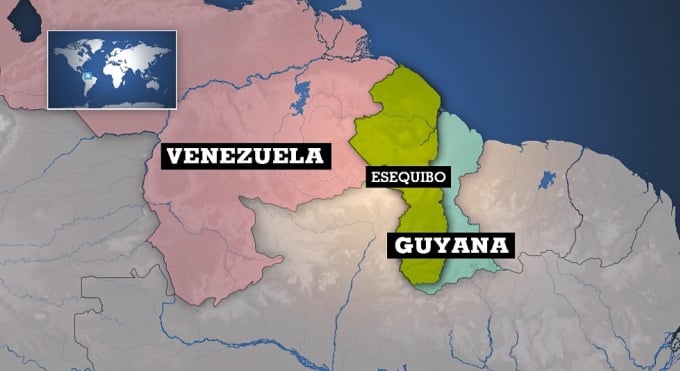
The location of the disputed Esequibo region between Venezuela and Guyana. Graphic: France24
The territorial dispute over the Esequibo dates back to colonial times. When Venezuela declared independence in 1811, it believed the area was part of its territory. Despite these claims, Britain, which occupied the territory that is now Guyana, placed the area under its rule.
The dispute continued to heat up in 1966, when Guyana gained independence. The Geneva Agreement signed by Britain, Venezuela and British Guiana at the time called for the parties to find a peaceful solution to the dispute through dialogue, but Guyana wanted to resolve it through the ICJ.
In his speeches, President Maduro has frequently said that “Esequibo is ours.” He has also called on UN Secretary-General Antonio Guterres to mediate between Venezuela and Guyana.
Guyana, a country of about 800,000 people, would lose more than half its territory and more than 200,000 residents if Esequibo were to belong to Venezuela.
“The long-term consequence of this referendum could be Venezuela’s annexation of 160,000 square kilometers, a significant part of Guyana, a country of 215,000 square kilometers,” said Annette Idler, professor at the Blavatnik School of Government at the University of Oxford, UK.
Professor Idler warned that if Venezuela takes steps to take control of Esequibo after the referendum, the entire region could be thrown into serious turmoil. Countries like Brazil and Uruguay could be forced to choose sides in this territorial conflict.
However, Venezuela has little way of taking control of Esequibo by force, given the country's economic woes, according to Idler. "The Venezuelan government also has limited control over the southeastern border areas, where it would need to concentrate its troops if it wanted to take Esequibo," he said.
President Maduro likely also understands that annexing Esequibo could prompt the US to reactivate recently lifted oil sanctions on Venezuela, which could cause the country's economy to collapse.
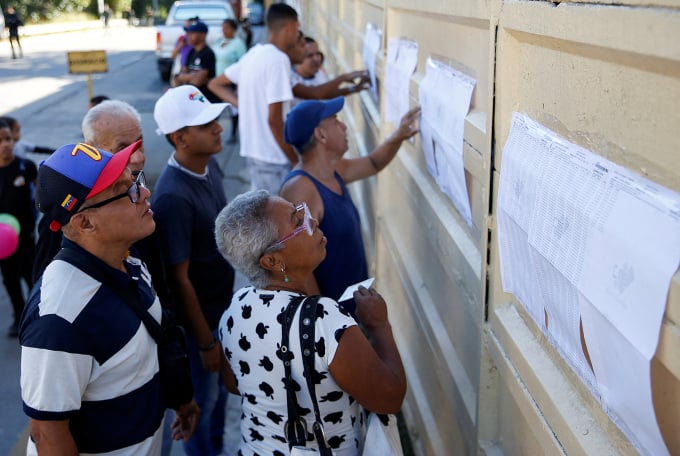
Venezuelan voters on the day of the referendum on Venezuela's sovereignty over the oil-rich Esequibo region on December 3. Photo: Reuters
In addition to significant gold, diamond and aluminium reserves, Esequibo also has large oil and gas resources. Since the US oil giant Exxon Mobil discovered an oil field with more than 5 billion barrels of reserves in Esequibo in 2018, the “black gold” has brought unprecedented momentum to the Guyana economy, helping the country’s GDP increase by an estimated 62% by 2022.
The Venezuelan government was furious that Exxon chose to negotiate with the Guyanese government, suggesting that the US oil giant recognized Guyana's sovereignty over the Esequibo and offshore waters.
Huyen Le (According to AFP , Reuters, France24 )
Source link


![[Photo] Opening of the 44th session of the National Assembly Standing Committee](https://vstatic.vietnam.vn/vietnam/resource/IMAGE/2025/4/14/03a1687d4f584352a4b7aa6aa0f73792)
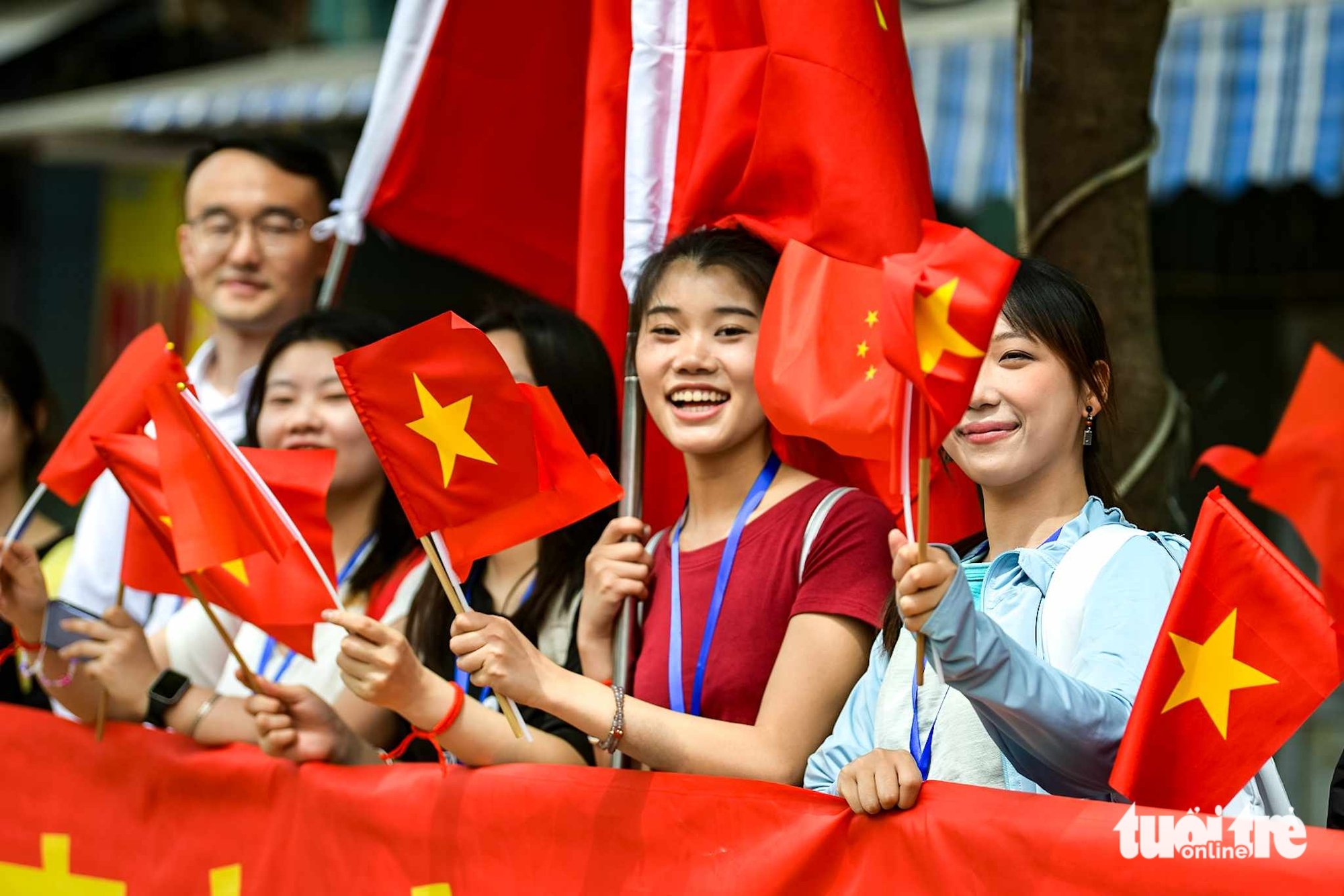
![[Photo] General Secretary To Lam chairs the third meeting to review the implementation of Resolution No. 18-NQ/TW](https://vstatic.vietnam.vn/vietnam/resource/IMAGE/2025/4/14/10f646e55e8e4f3b8c9ae2e35705481d)
![[Photo] Children's smiles - hope after the earthquake disaster in Myanmar](https://vstatic.vietnam.vn/vietnam/resource/IMAGE/2025/4/14/9fc59328310d43839c4d369d08421cf3)
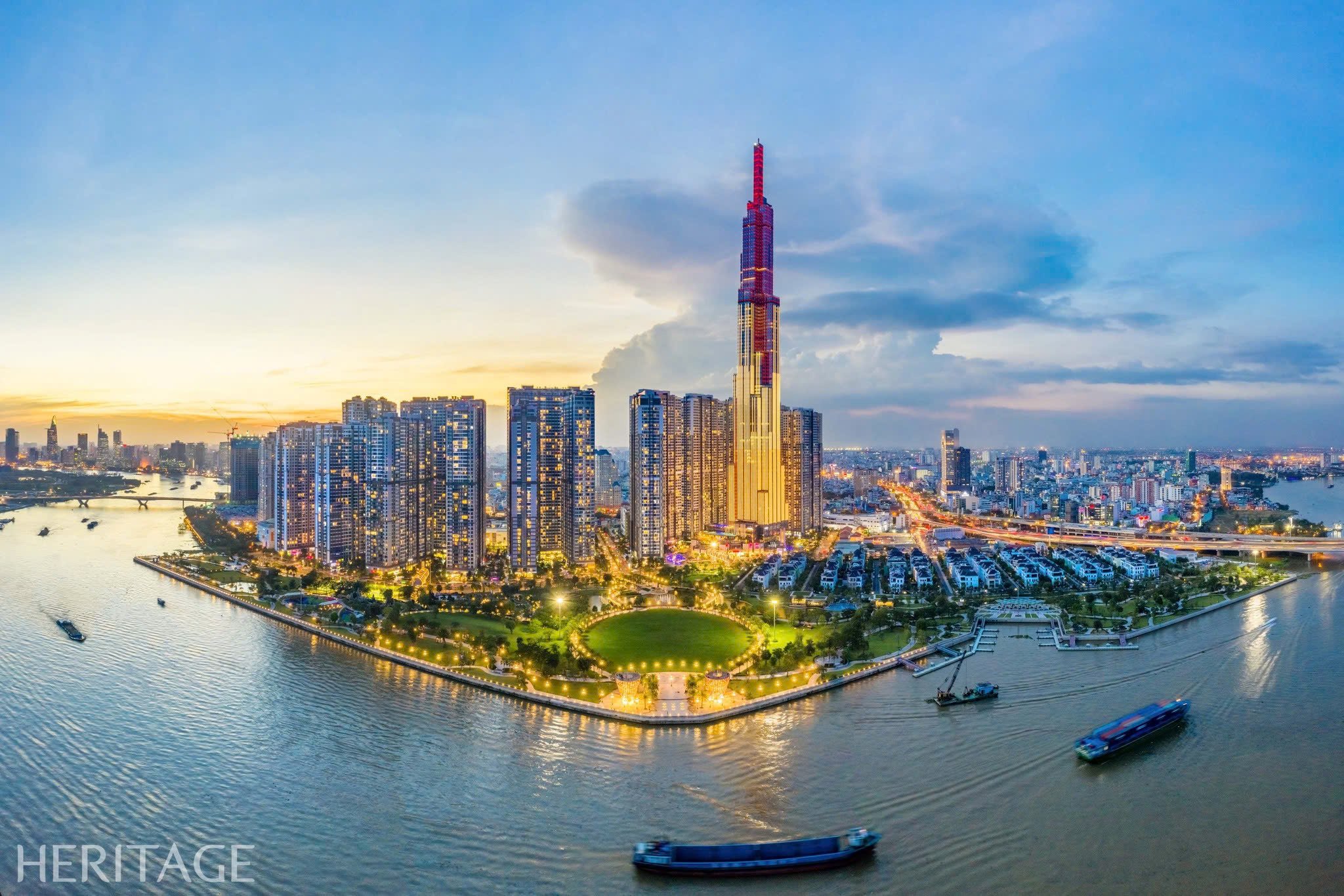
![[Photo] Touching images recreated at the program "Resources for Victory"](https://vstatic.vietnam.vn/vietnam/resource/IMAGE/2025/4/14/99863147ad274f01a9b208519ebc0dd2)
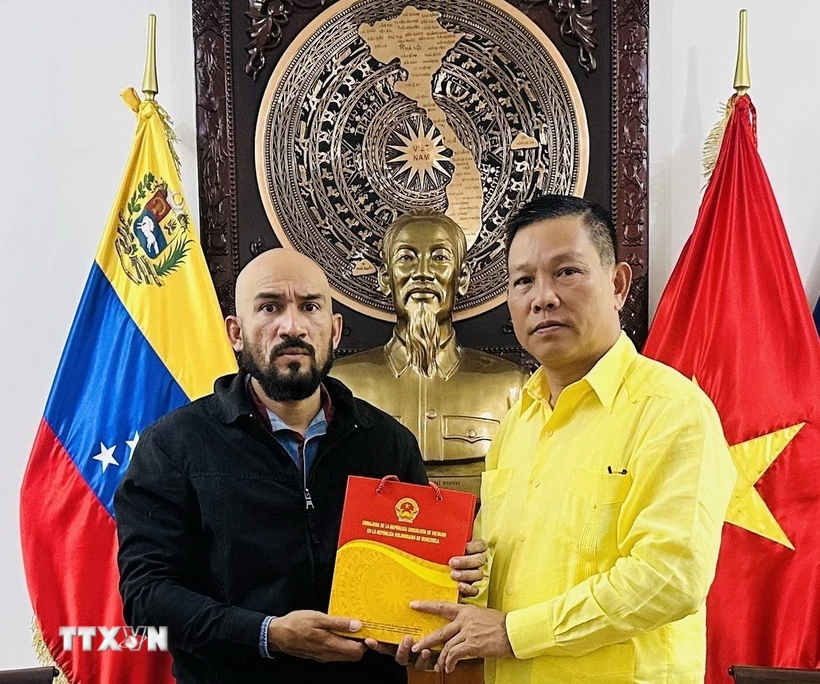

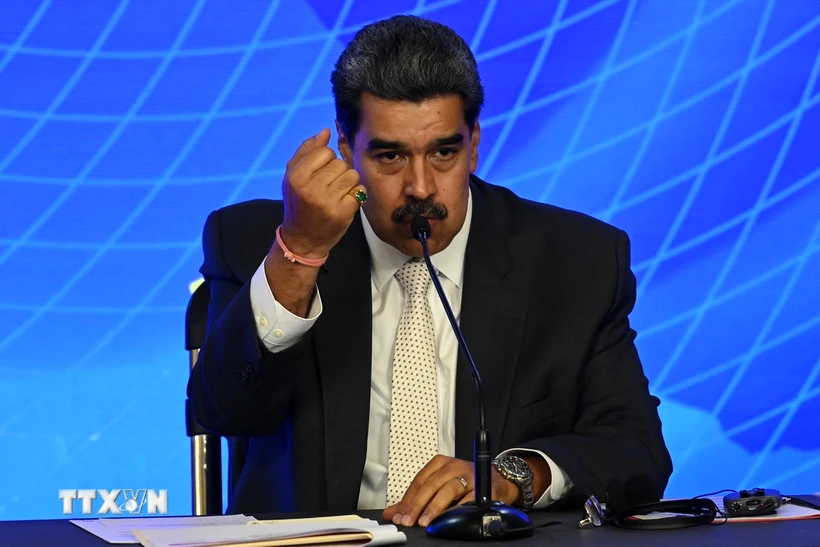





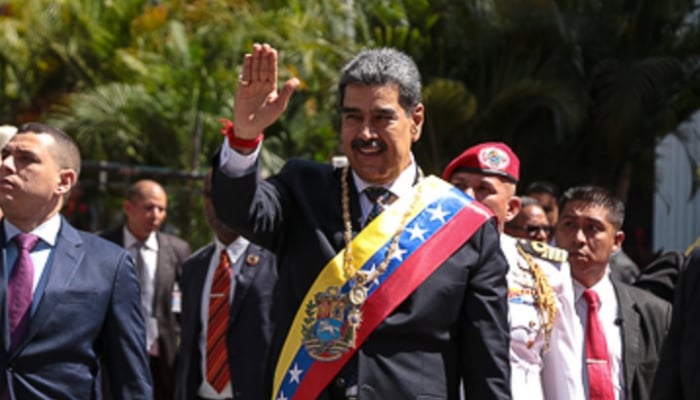

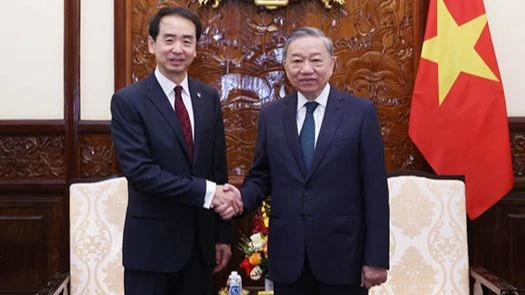
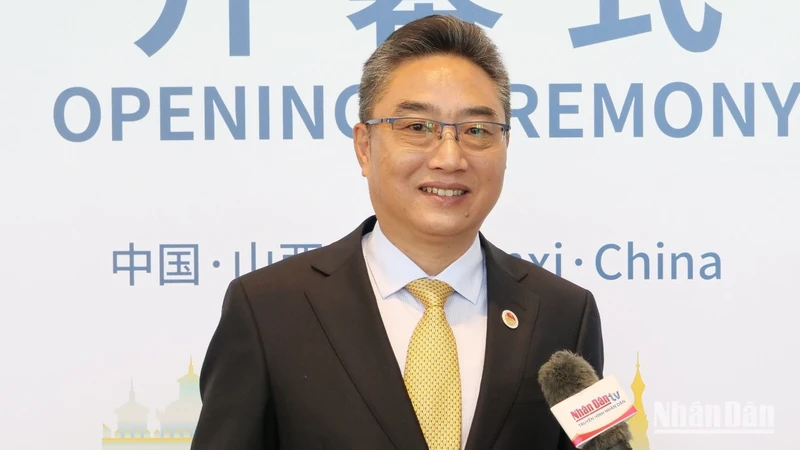
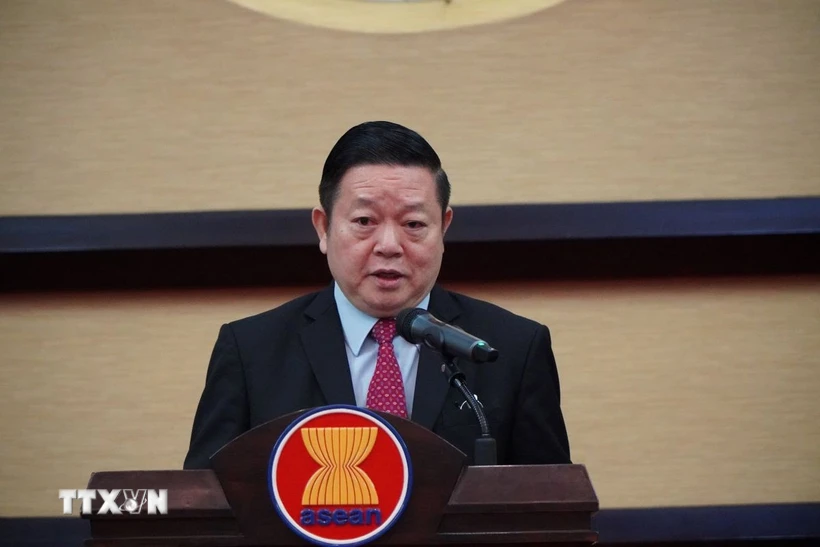
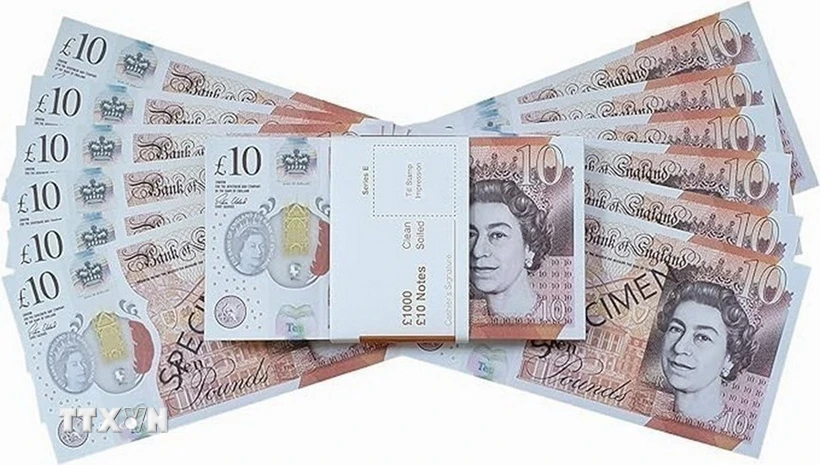
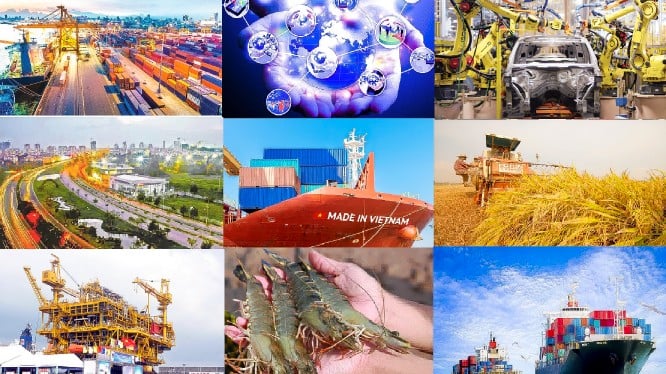














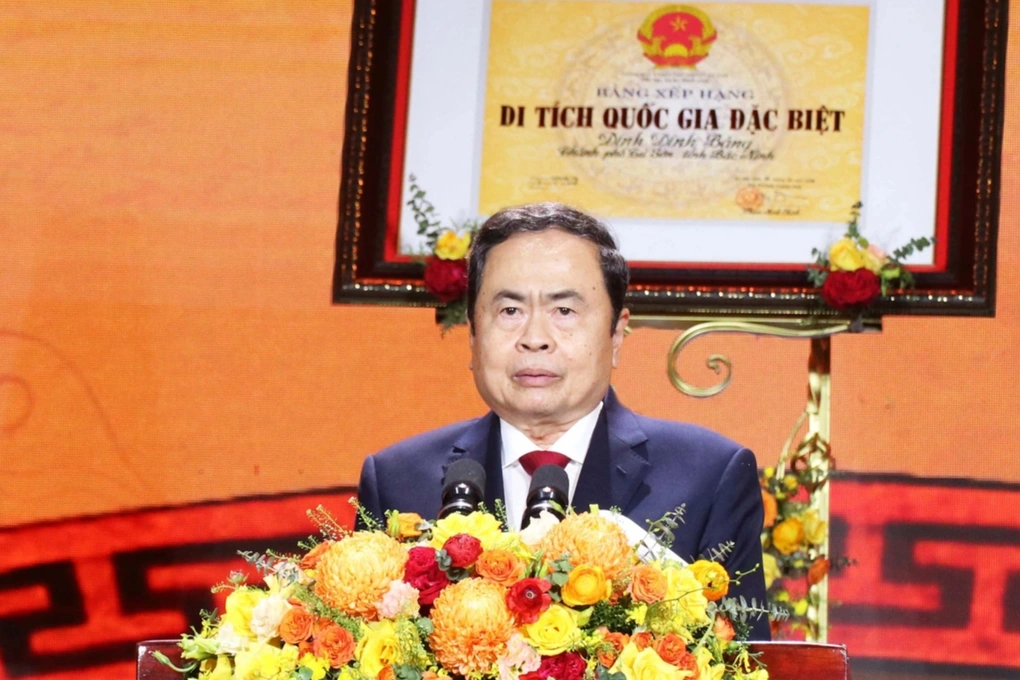

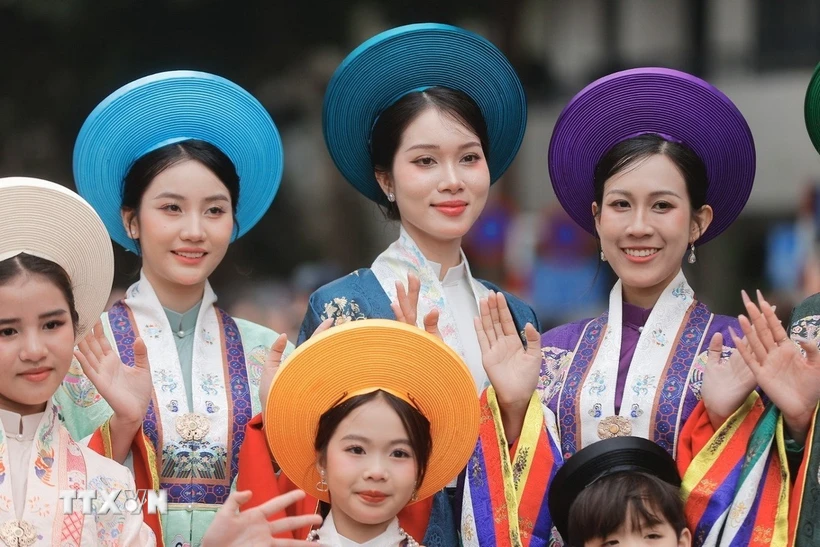












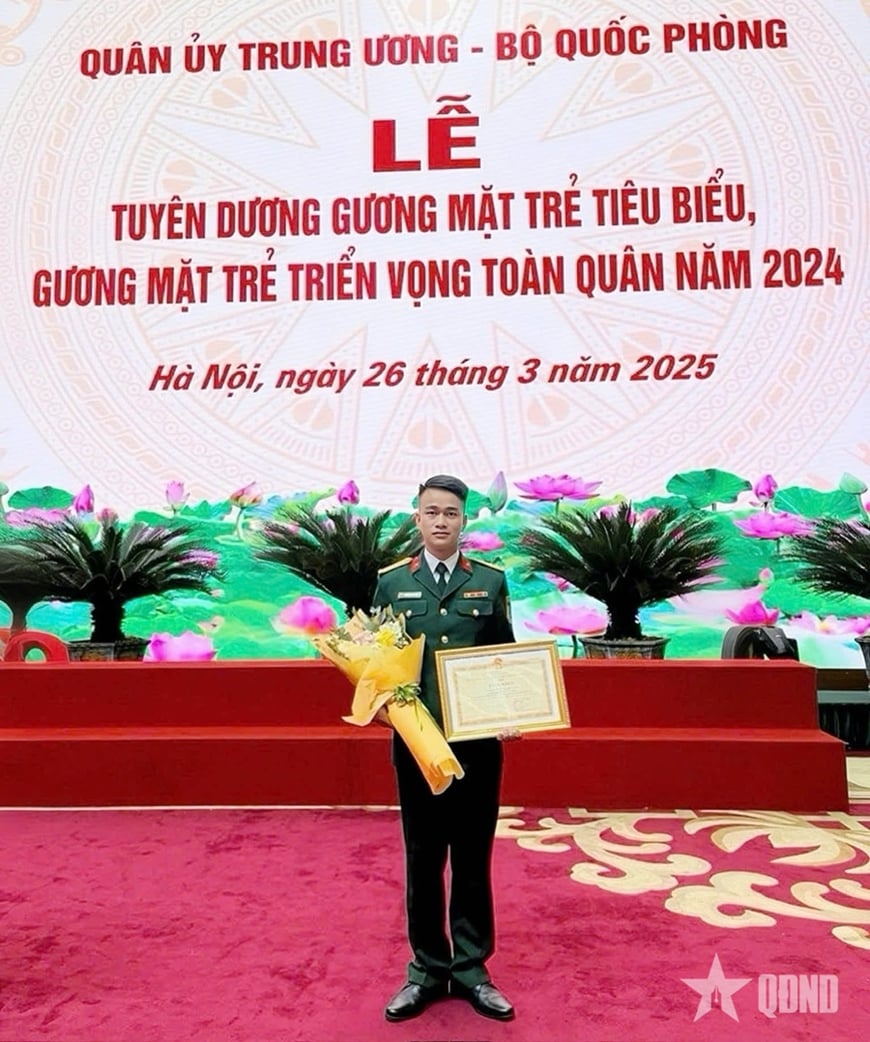












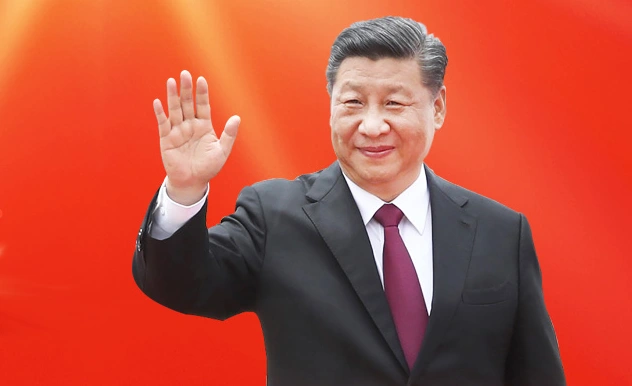

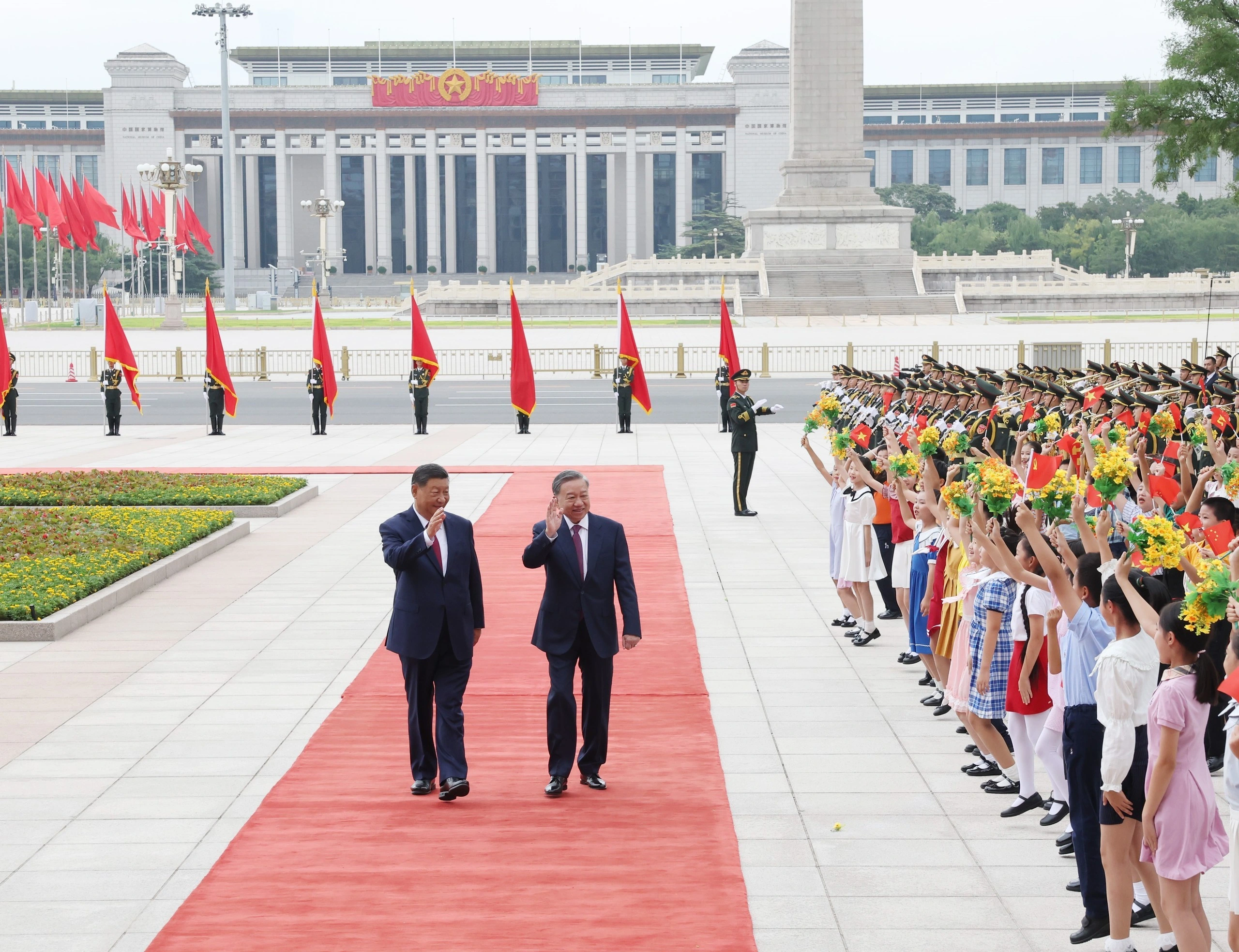
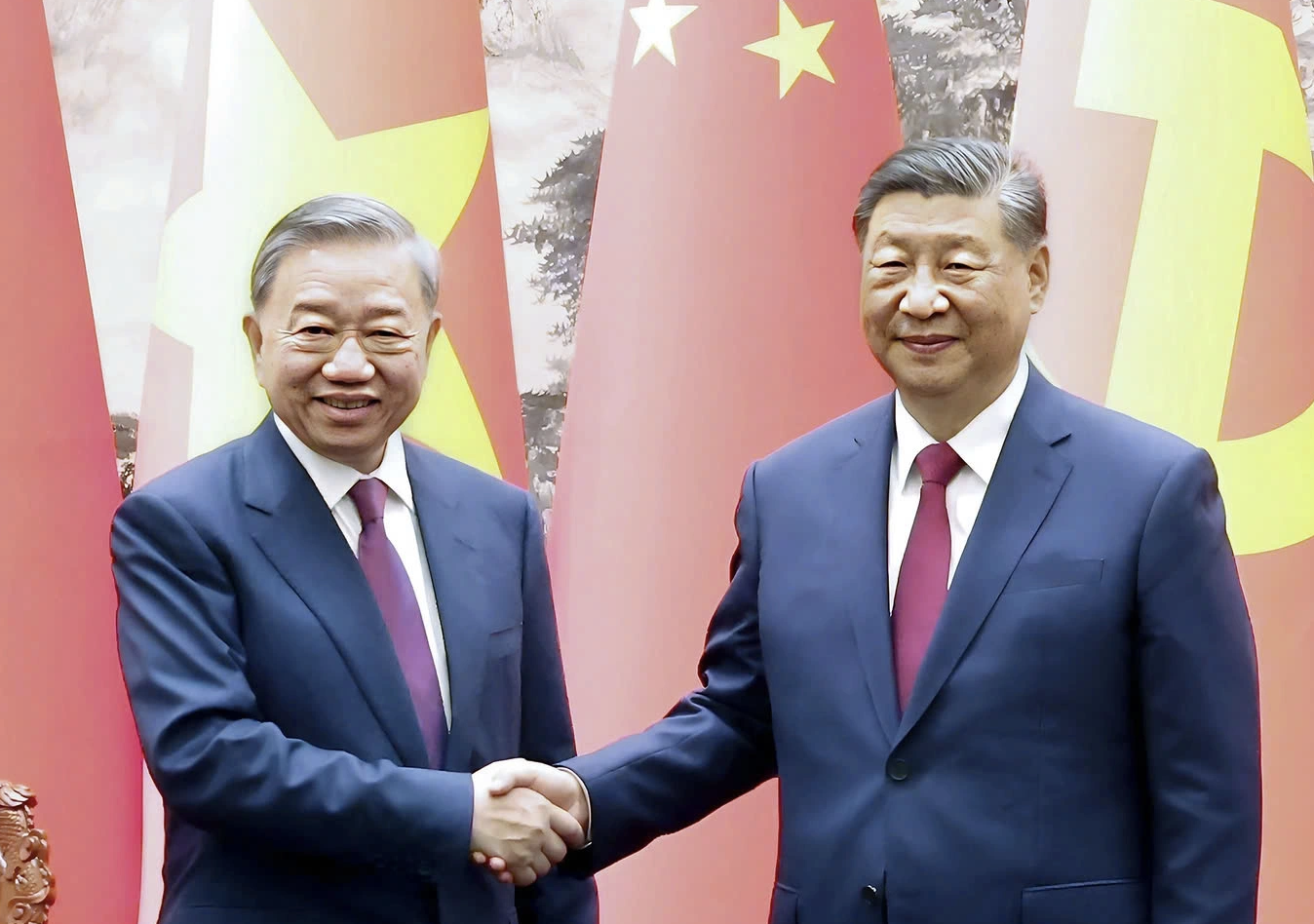
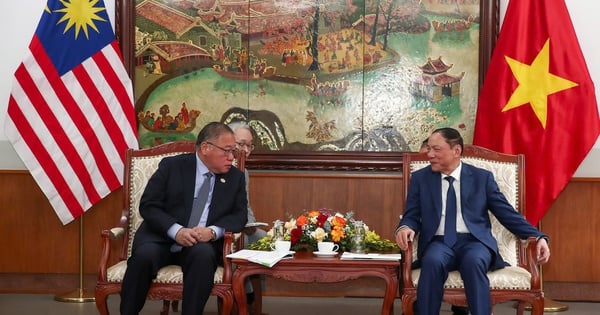


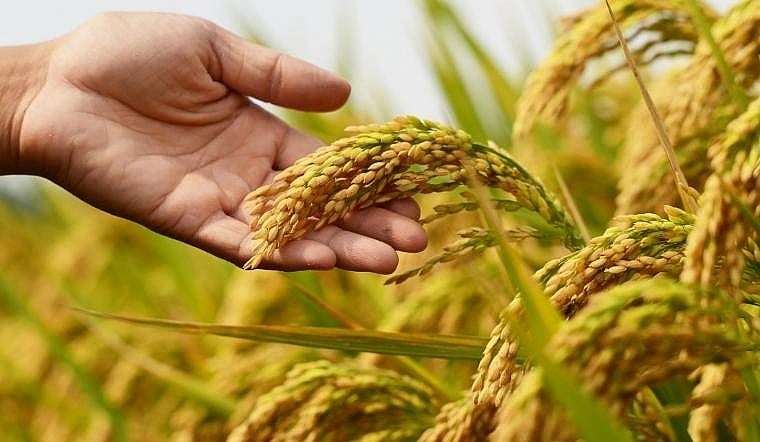



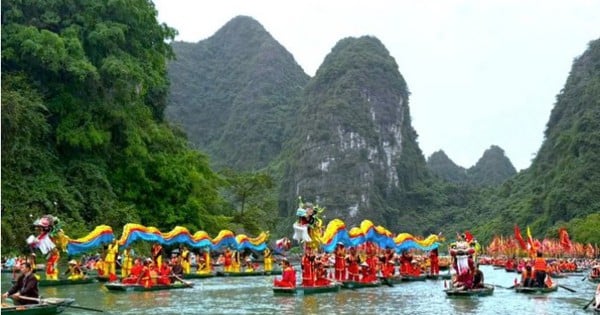
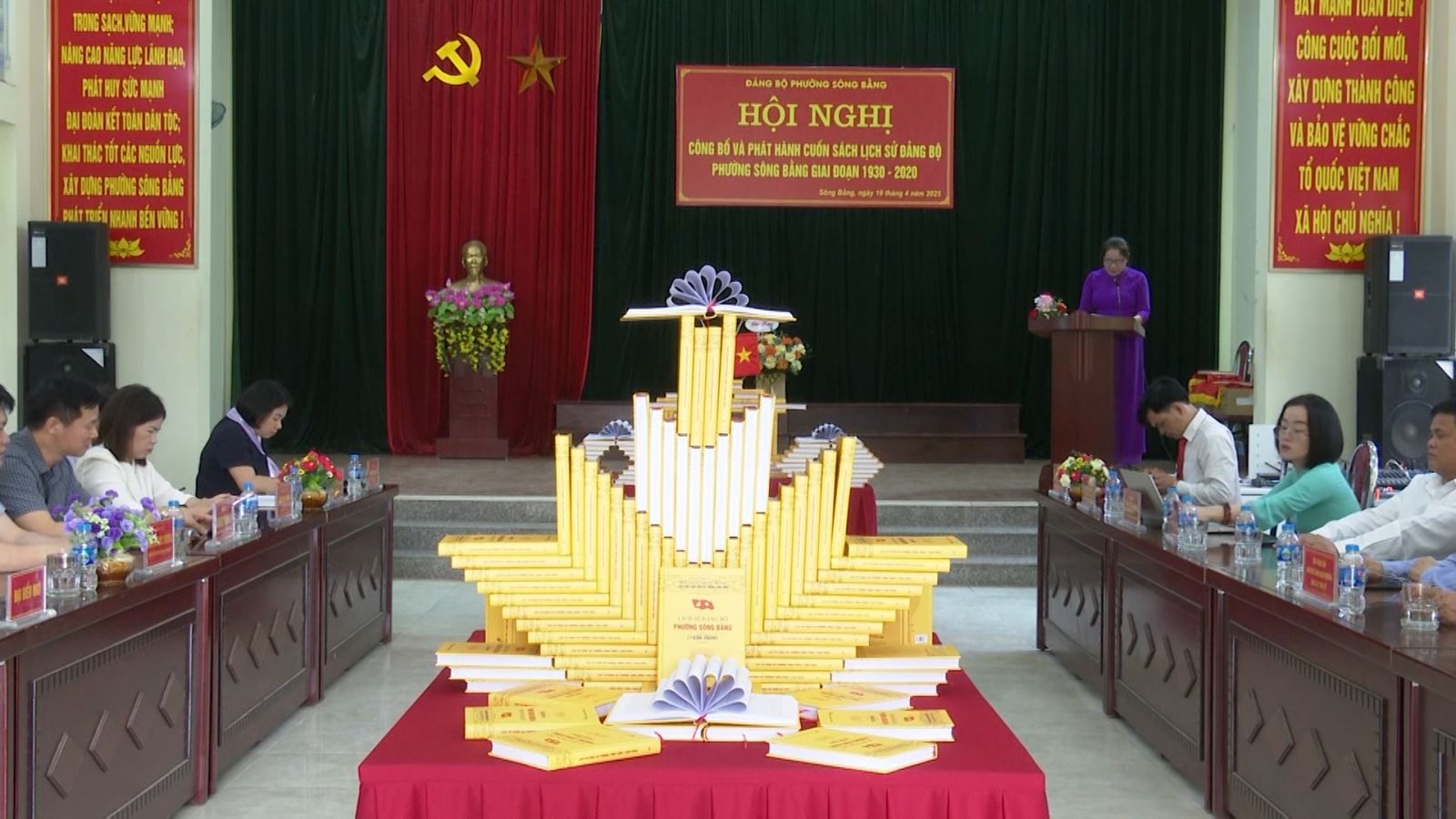




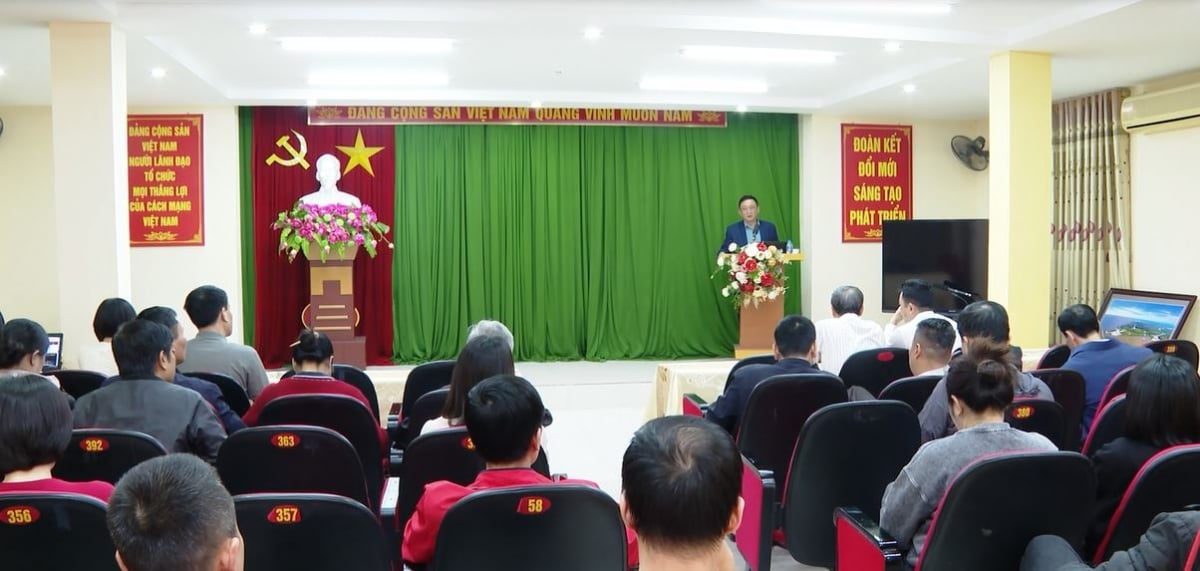

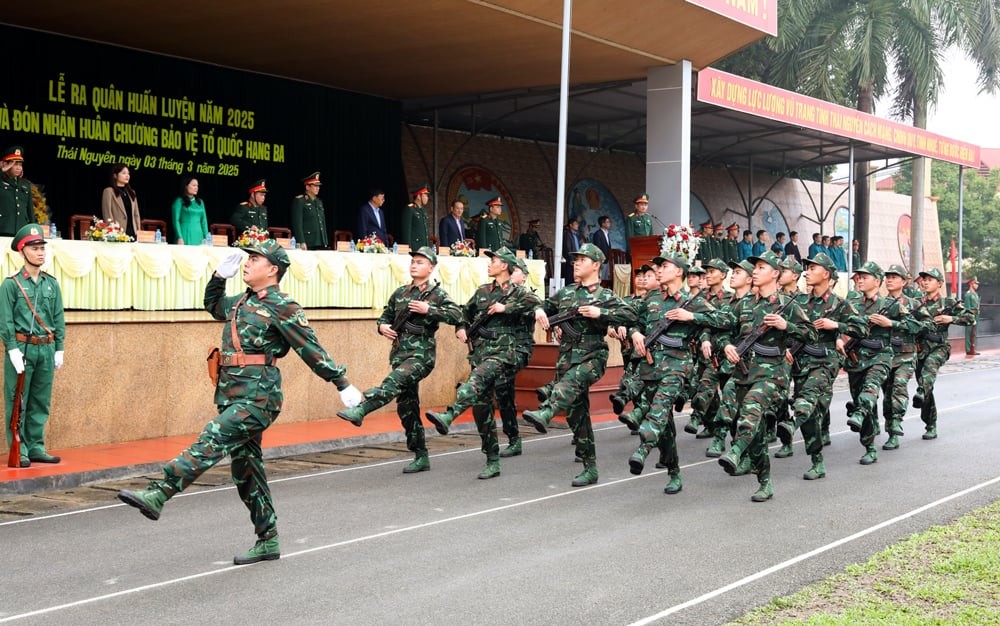
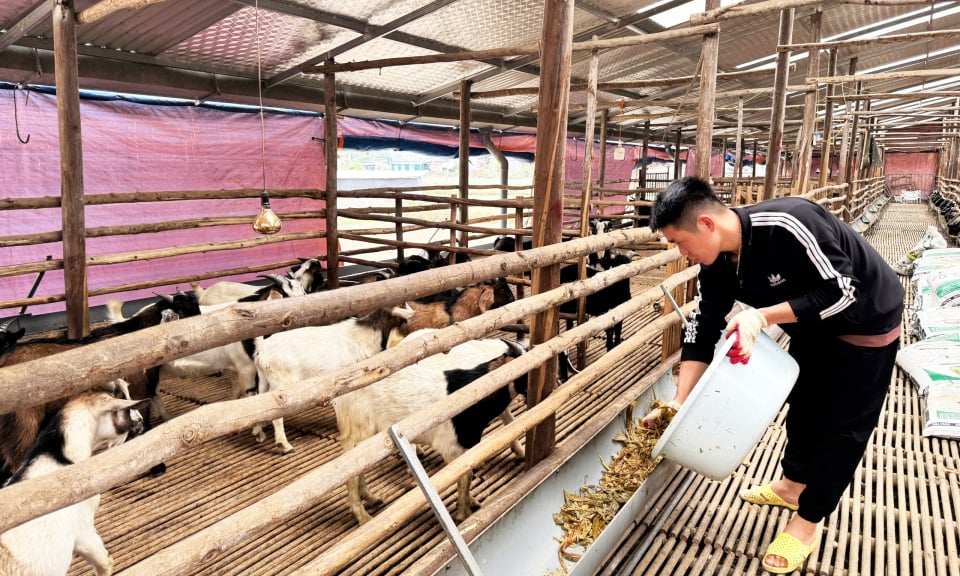









Comment (0)